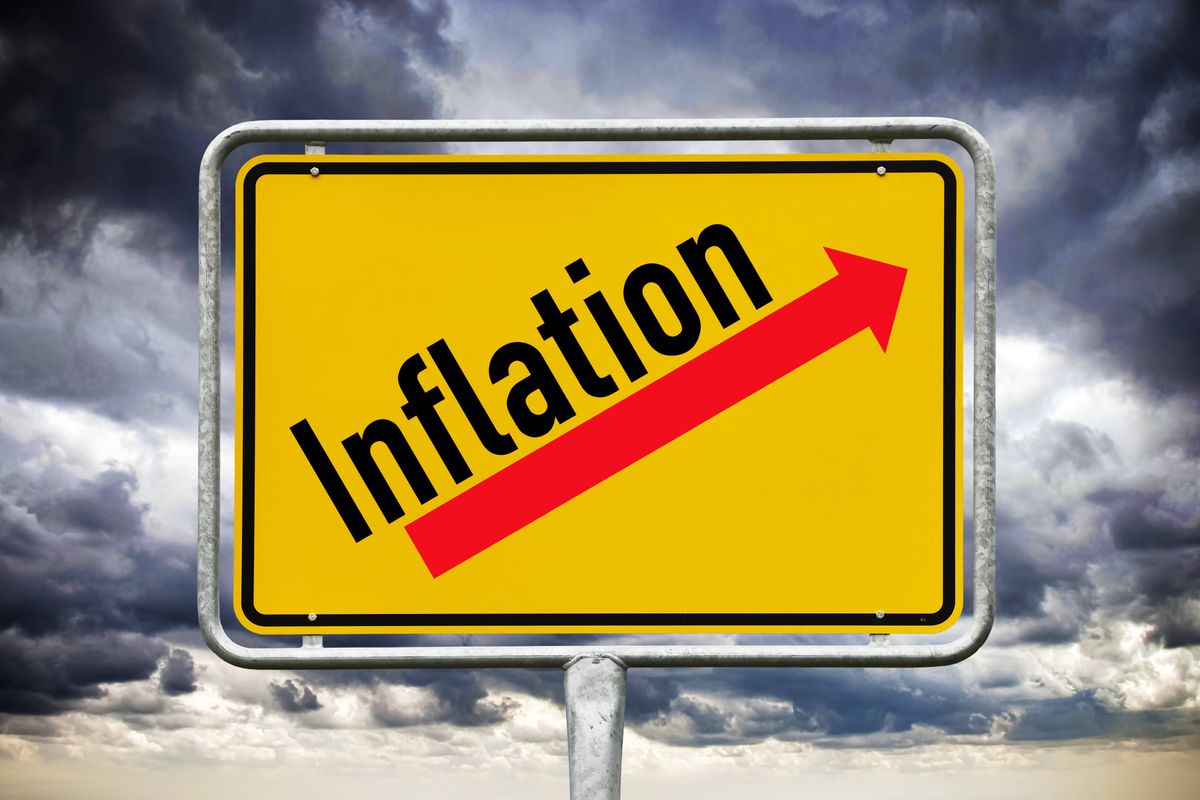Fresh out of Barnard College with a degree in political science, Riley is learning the ropes as a writer and reporter for GZERO. When she isn’t writing about global politics, you can find her making GZERO’s crossword puzzles, conducting research on American politics, or persisting in her lifelong quest to learn French. Riley spends her time outside of work grilling, dancing, and wearing many hats (both literally and figuratively).
The S&P 500 dropped over 1% after consumer inflation rose 0.4% in March and 3.5% from the previous year, indicating that high inflation could be here to stay. The report surprised forecasters and poses a challenge to President Joe Biden's reelection chances, as persistent inflation means higher gas prices and bigger grocery bills for voters.
Energy prices continue to rise – 1.1% month over month and 2.1% year over year – thanks to wars in Ukraine and the Middle East driving up the price of oil and, as a result, inflation.
The latest figures have cast doubt on the Federal Reserve's progress toward its 2% inflation target, meaning it may reassess its interest rate plans. Investors now expect rate cuts to be pushed to later in the year, instead of earlier predictions of a March cut.
This is bad news for Biden, who has been anxious for inflation to fall even further to spur the Fed to cut interest rates — a move that would help drive down borrowing costs for mortgages, car loans, and other consumer credit.






